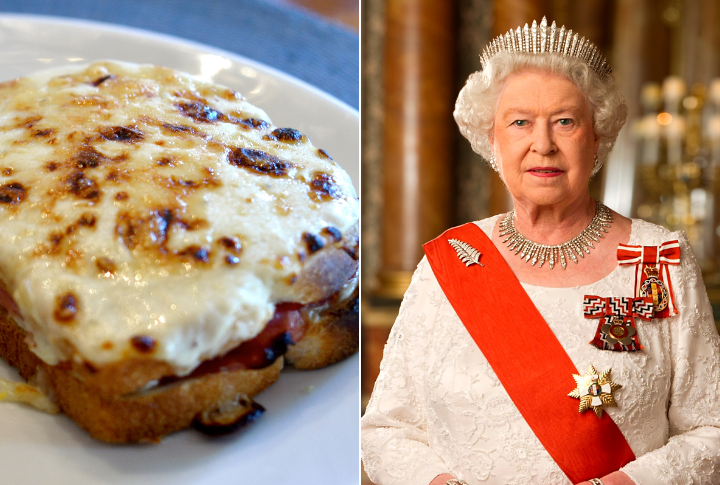
The croque monsieur is one of France’s most beloved sandwiches. This golden, Gruyere-laced marvel has crossed class lines, inspired culinary creativity, and earned global recognition. These ten insights reveal how a simple dish reflects French tradition while continuing to evolve with time.
Paris Cafe Birthplace

Invented in the early 1900s at the Boulevard des Capucines, the croque monsieur catered to French cafe-goers who demanded something fast, hot, and refined. Its name, pronounced croquer (to crunch), perfectly captured the toasted texture that no bustling Parisian workday could reasonably go without.
Easy Recipe

The recipe is simple. First, spread a layer of bechamel onto slices of bread, topping with Gruyere, ham, and a brush of Dijon. Then, toast until golden, and scatter with more bechamel and cheese. Bake at 200°C (390°F) for 15 minutes and broil for 3 minutes before serving with fries or a fresh salad.
Royals Took Notice

Queen Elizabeth, known for her refined taste, noticed the croque monsieur—a golden, cheese-crusted marvel of French cuisine. With its warm bechamel sauce and toasted perfection, this regal-approved delicacy showcased that even comfort food could earn a place in aristocratic dining halls.
Cultural Reach Of Bechamel

Bechamel sauce, with roots in Renaissance Italy and later perfected in 17th-century France, is a culinary classic named after Louis de Bechameil. As one of the five French mother sauces, its creamy richness enhances dishes from French gratins to Italian lasagna and Greek moussaka.
Theatrical And Literary Cameos

Croque monsieur is mentioned in Marcel Proust’s “In Search of Lost Time” (1918), anchoring it in literary history. It acts as a cultural marker, signaling something familiar and French on a page or screen, used deliberately to express identity and place.
Regional Twists Across France

Throughout France, the croque monsieur takes on regional flair. Fresh tomatoes brighten the classic in Provence, while Normandy’s Croque Normand swaps ham for apples and creamy Camembert. These local twists show how deeply this toasted favorite is woven into French cuisine’s rich, diverse fabric.
A Staple Across Generations

Across generations, the croque monsieur has stayed rooted on French tables, valued for comfort and simplicity. Whether layered fresh in a cafe or microwaved at home, it satisfies every age. Very few dishes manage timelessness with such ease and broad appeal.
Pathway To French Culinary Excellence

For many aspiring chefs, perfecting the Croque Monsieur is an essential milestone in their journey to mastering French cuisine. The blend of bechamel and Gruyere, along with perfectly toasted bread, not only teaches vital techniques like sauce-making but also helps achieve optimal texture and flavor.
Social Media Popularity

The croque monsieur has earned star status in today’s social media-driven food scene. Its crisp golden crust and molten center draw admiration across digital platforms. Food influencers and bloggers spotlight its timeless charm, sparking renewed interest in this classic French culinary tradition.
Endures The Fast-Food Age

Despite mass production, the croque monsieur is still handcrafted in most establishments. Whether in a Paris bistro or a Brooklyn brunch spot, it’s made carefully. Even McDonald’s sells the “Croque McDo,” proving how this dish can adapt itself without losing its character.
Leave a comment